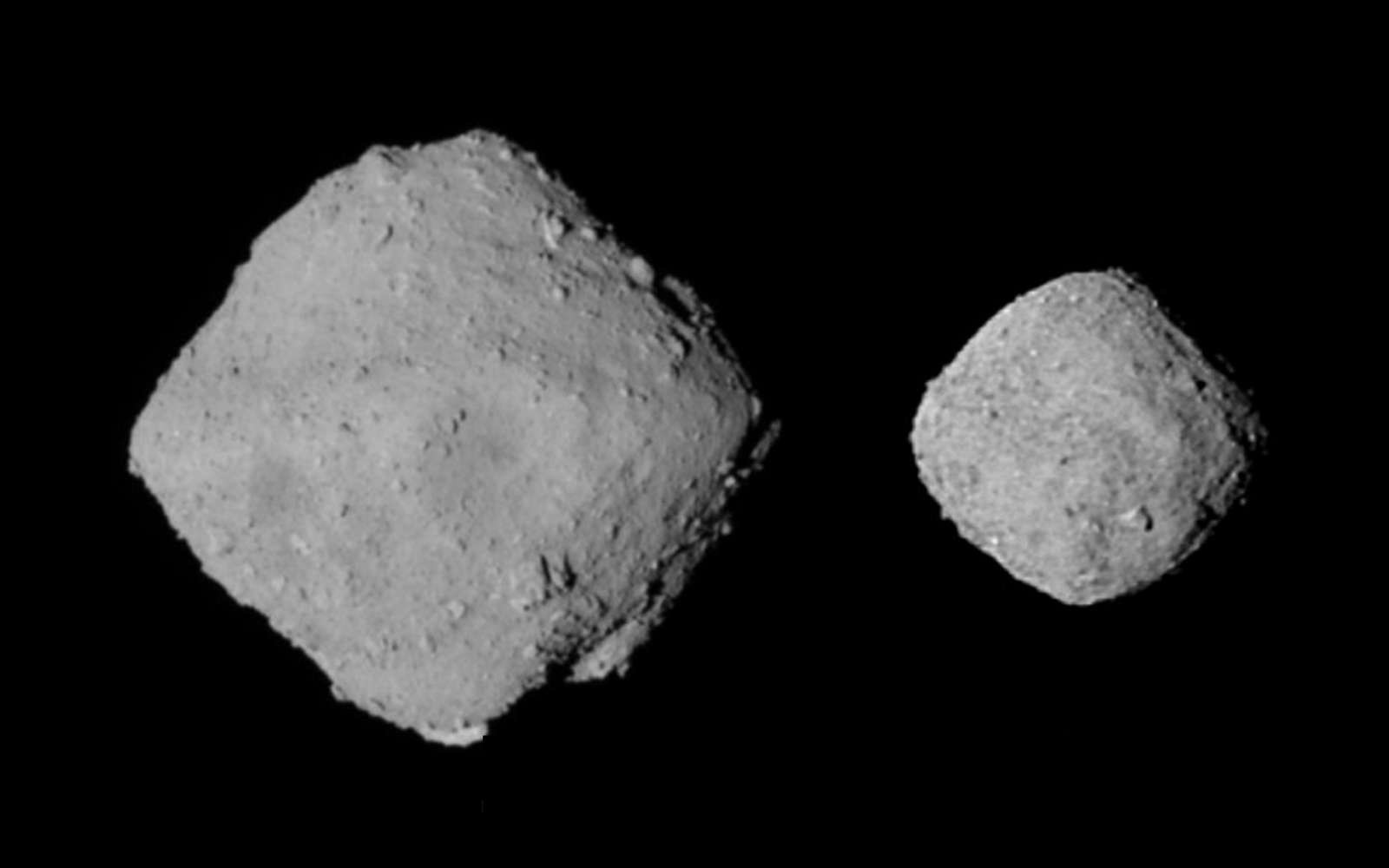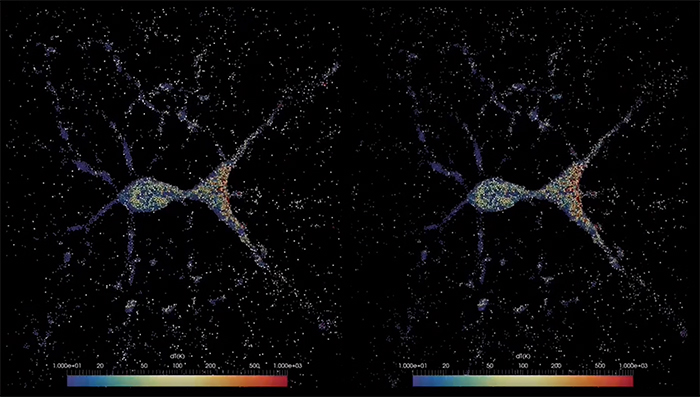News
Top-Shaped Asteroids Could Be Chips Off the Same Block
Asteroids Ryugu and Bennu, two top-shaped asteroids with orbits around the Sun similar to Earth’s, may stem from the rupture of a single, common parent asteroid, according to a study published May 27 in Nature Communications.
The study, conducted by an international research team that included planetary scientist Olivier Barnouin from the Johns Hopkins Applied Physics Laboratory (APL) in Laurel, Maryland, as well as astrophysicist and Queen lead guitarist Brian May, reveals a new way to explain how these asteroids ended up with the same peculiar shape but different amounts of water.
NASA’s Origins, Spectral Interpretation, Resource Identification, Security, Regolith Explorer (OSIRIS-REx) spacecraft has returned data and images of Bennu, where the spacecraft is currently orbiting, and it’s hard to miss how similar Bennu is to Ryugu, which Japan’s Hayabusa2 spacecraft imaged and sampled between 2018 and 2019. Both asteroids are small (between 0.5 and 1 kilometer, or more than a quarter- to a half-mile, in diameter) and have a similar density and, yes, an uncanny resemblance to a spinning top.
“The shapes of asteroids and their hydration level can serve as real tracers of their origin and history,” explained Patrick Michel, a planetologist at the Observatoire de la Côte d’Azur in France and the study’s lead author.
Small, top-shaped asteroids can occur through the Yarkovsky-O’Keefe-Radzievskii-Paddack (YORP) effect, a process in which light reflected and emitted by an asteroid gradually spins it faster and faster. That rotation forces rocks and other materials toward the equator, creating a bulge that, after millions of years, makes the asteroid look like a top.
But Ryugu’s and Bennu’s cratered ridges at their equators aren’t the youngest parts of the asteroids, as expected from YORP — they’re the oldest.
How, then, did the asteroids end up looking so alike?
The team considered a process that affects all asteroids: collisions.
“Most asteroids less than a few kilometers in diameter are just fragments of larger, destroyed asteroids,” Barnouin said.

